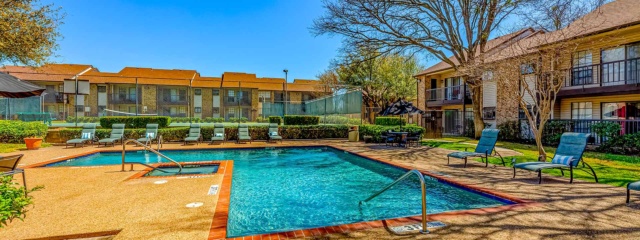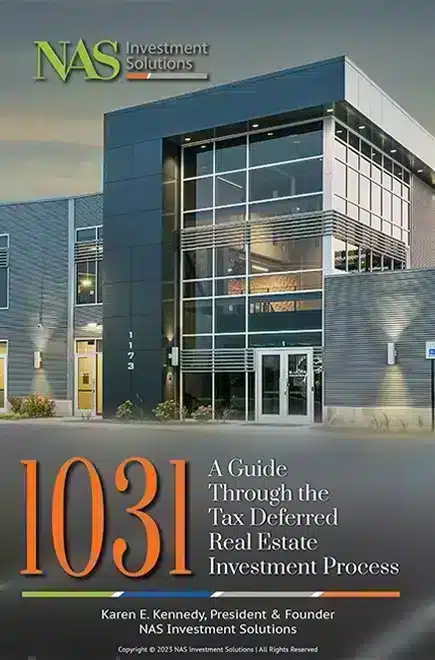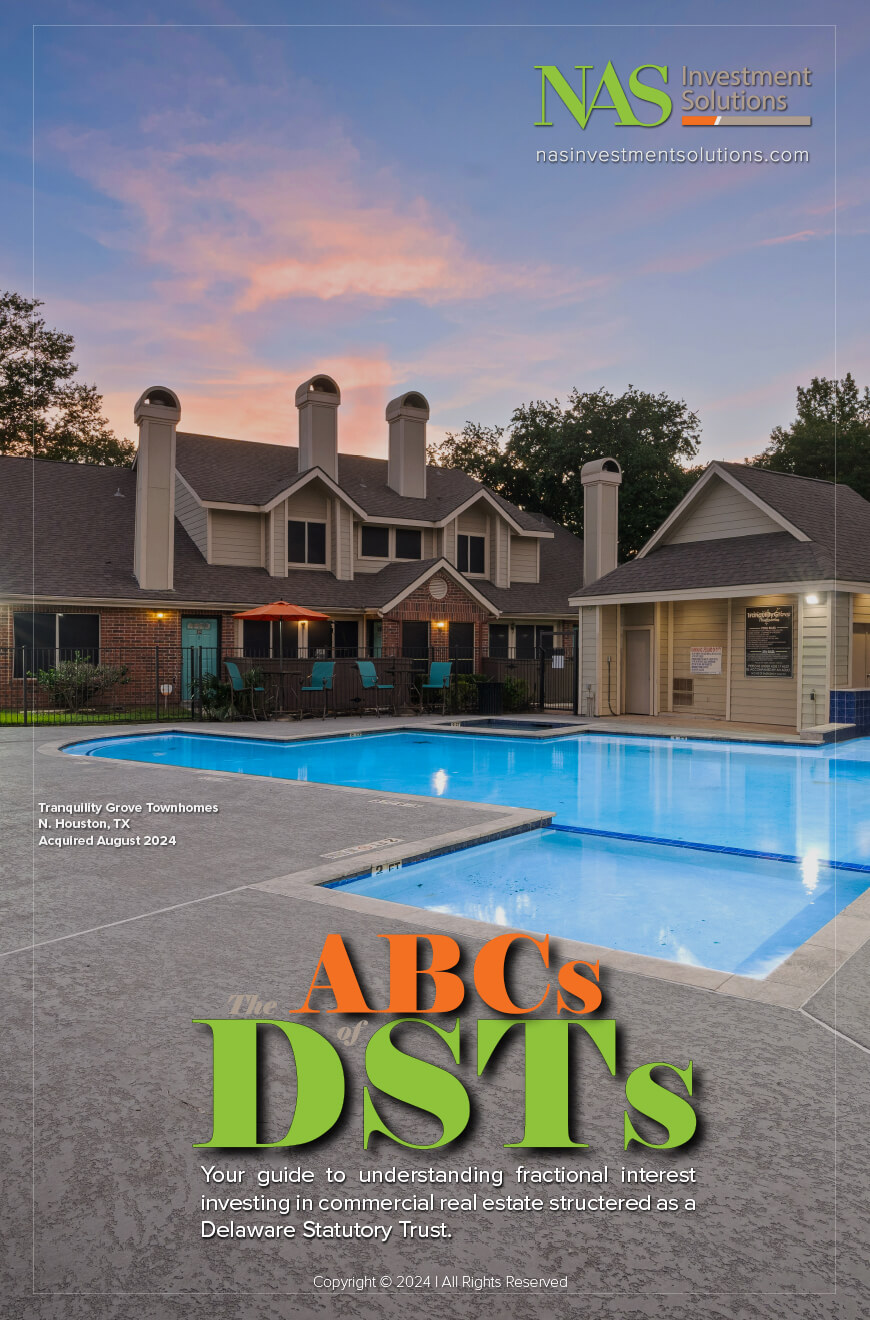Reverse 1031 Exchange – Here is How it Works
By following the rules and guidelines in Section 1031 of the Internal Revenue Code, real estate investors and business owners can defer paying capital gains tax by selling real estate property and replacing it with another like-kind property.
1031 tax deferred exchanges generally fall into three categories: delayed, reverse, and build-to-suit. While delayed 1031 exchanges are the most common, real estate investors use a reverse 1031 exchange when they must close on the replacement property before the relinquished property is sold.
Market Dynamics Can Encourage a Reverse 1031 Exchange
The timelines set by the IRS for all types of tax deferred exchanges are the same. Investors must identify one or more replacement properties within 45 days of the sale of the relinquished property and they must close on the sale of the replacement property within 180 days of the sale of the relinquished property.
There are three main dynamics in the real estate marketplace that could encourage an investor to conduct a reverse 1031 tax deferred exchange:
- In a real estate market where inventory is tight – where there isn’t a lot of good replacement property to choose from – finding a property to buy can be a challenge.
- When investors find the perfect replacement property, they can buy it first, before relinquishing the current property.
- Once the purchase of the replacement property has closed, the investor can list the relinquished property for sale with complete control of the price, terms and sales conditions needed to stay within the 180-day timeline allowed for the reverse 1031 tax deferred exchange.
Steps to Follow When Doing a Reverse Exchange
There are eight general steps real estate investors must follow when doing a reverse exchange:
- Locate a replacement property and arrange financing or have funds available to purchase the property.
- Enter into a written agreement with a qualified exchange accommodation titleholder (EAT) who will take possession of and title to the replacement property and hold it until the relinquished property is sold.
- Close on the sale of the replacement property with the EAT taking title.
- Identify the property to be relinquished within 45 days of closing sale on the replacement property.
- Locate a buyer for the relinquished property and execute a written sales contract, ensuring that the qualified intermediary is named as the seller of the relinquished property.
- Enter into an agreement with a qualified intermediary who will obtain the right to transfer title of the relinquished property to the buyer and who will also obtain the right to take title to the replacement property from the EAT.
- Close the sale of the relinquished property within 180 days of closing sale on the replacement property:
- Relinquished property is conveyed to the buyer through a deed.
- Funds from the relinquished property sale are transferred directly to the qualified intermediary.
- Replacement property is acquired from the EAT by the qualified intermediary, using the funds from the relinquished property.
- A qualified intermediary oversees the transfer of the replacement property from the EAT to the investor, and the reverse 1031 exchange is completed.
Different Structures
There are two ways to structure a reverse 1031 tax deferred exchange, depending on the needs of the investor.
Exchange Last Reverse 1031 Exchange structure
Under the Exchange Last reverse exchange structure, the EAT (exchange accommodation titleholder) takes title to the replacement property when the purchase closes. This requires the investor to loan funds to the EAT, and for any loan on the replacement property to be structured with the EAT as the borrower.
The qualified intermediary acts as the seller of the relinquished property, ensuring title is transferred to the buyer, and uses the sales proceeds from the relinquished property to acquire the replacement property from the EAT. At closing the EAT transfers title of the replacement property to the investor, and the qualified intermediary transfers the exchange funds to the EAT to purchase the replacement property. The EAT then pays off any loan the investor used to purchase the replacement property.
Exchange First Reverse 1031 Exchange structure
Under the Exchange First reverse exchange structure, the EAT takes title to the relinquished property prior to the closing of the purchase of the replacement property. The price the EAT pays for the relinquished property is based on the investor’s estimate of the fair market value of the property.
The EAT borrows money from the investor to purchase the relinquished property and holds title to the property, while the investor retains control of the property through a Qualified Exchange Accommodation Agreement and a lease signed with the EAT. Within 180 days of the date the EAT takes title to the replacement property the investor must find a buyer and close the sale on the relinquished property. The investor then receives all proceeds from the relinquished property at closing. If the relinquished property sells for more than the investor’s fair market value estimate that the EAT paid for the replacement property, the investor will be liable for the capital gains tax on the resulting boot.
Timelines Required by the IRS
The IRS requires investors to follow the same timelines for reverse 1031 exchanges that other types of tax deferred exchanges have:
- 45 days: identify the property that will be relinquished within 45 days of closing the purchase of the replacement property.
- 180 days: close the sale of the relinquished property within 180 days of closing the purchase of the replacement property.
Reverse 1031 Exchanges May be the Only Option Investors Have
Reverse 1031 exchanges can be quite complex. They are also more expensive than a delayed tax deferred exchange due to the number of intermediaries involved. But in markets where inventory is low and good property is hard to find, reverse tax deferred exchanges may be the only choice an investor has to defer the payment of capital gains tax.









